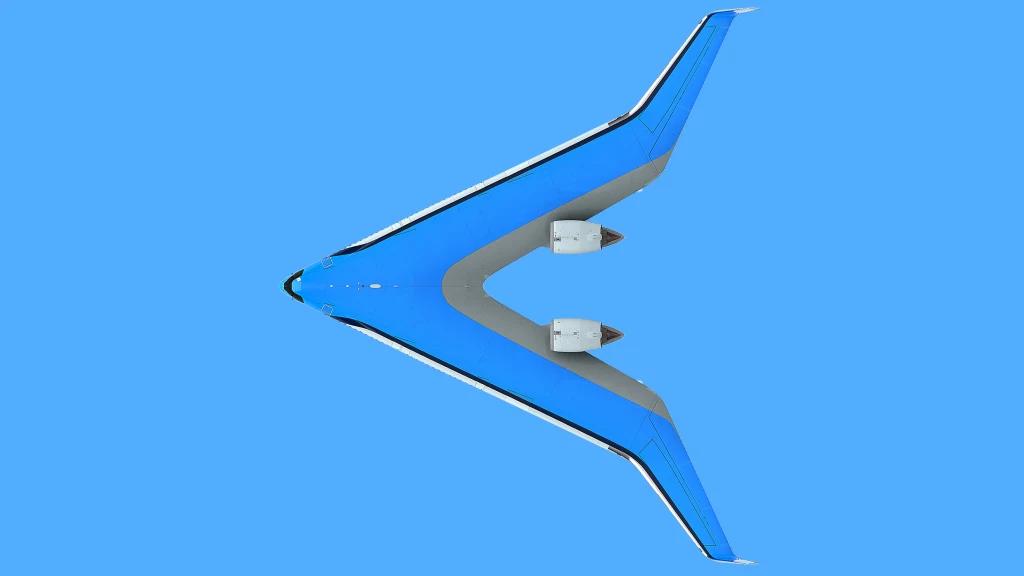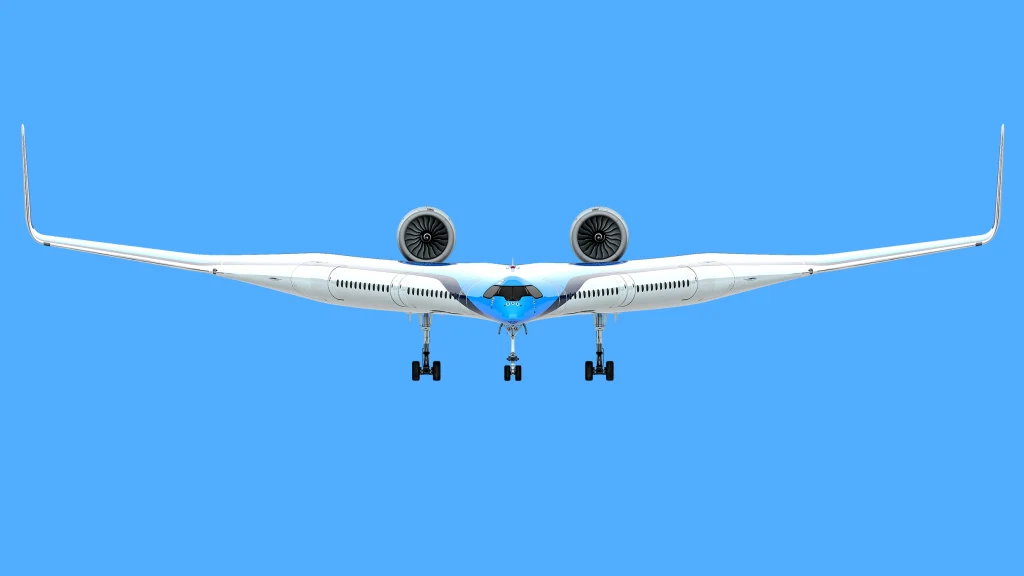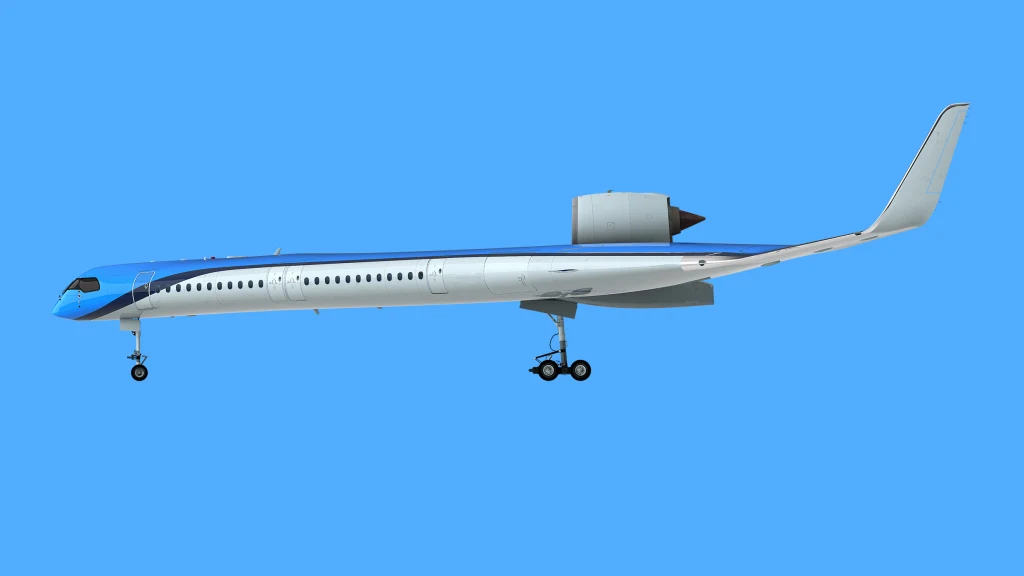The aviation industry’s profit margins have been reduced to the bare minimum over the past two decades, and commercial air travel now contributes 2.5% of all global CO2 emissions. In short, we really need to start thinking differently when it comes to airplane design.
That’s the idea behind the Flying-V, an aircraft design that promises 20% fuel savings compared to the Airbus A350–thanks to the laws of physics. That’s the main reason why Franco-Dutch airline Air France-KLM is going to fund the development of this concept. KLM relies on the Boeing 787, the U.S. competitor to the A350, which is the airplane that Air France flies. In the cutthroat commercial flight industry, where every pound of fuel counts toward the profit line and entire fleets are renewed for a 2% fuel saving, 20% could mean an incredible competitive advantage.
It marks the very first time that any airline has pledged to fund the development of a prototype of a radically new design (or not so new, as we’ll see later). The airline will collaborate with the Delft University of Technology (TU Delft) in the Netherlands to create a functional, scaled-down prototype by October 2019. The prototype will be used to test the flight characteristics of existing computer models.
The aircraft was initially an idea by TU Berlin student Justus Benad, who developed the concept during his thesis studies at Airbus Hamburg. Benad’s design seats about 314 passengers–similar to the A350–but the actual size is smaller and has less inflow surface compared to its volume. According to Dr. Roelof Vos, the project leader at TU Delft, this results in less resistance–and less fuel needed to fly. Likewise, the entire body of the airplane acts like a wing, which makes the entire wing a lifting surface, further reducing the fuel bill. The plane’s smaller size is compatible with current airport infrastructure, a crucial challenge for airlines.

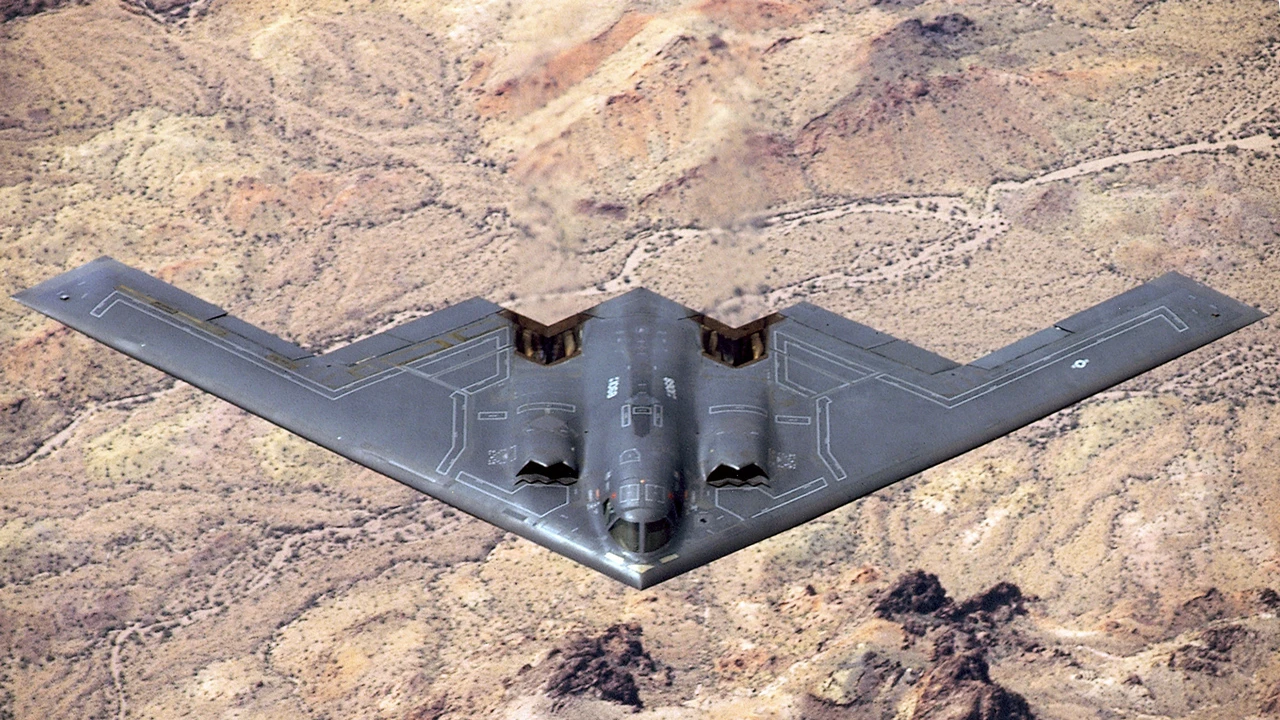
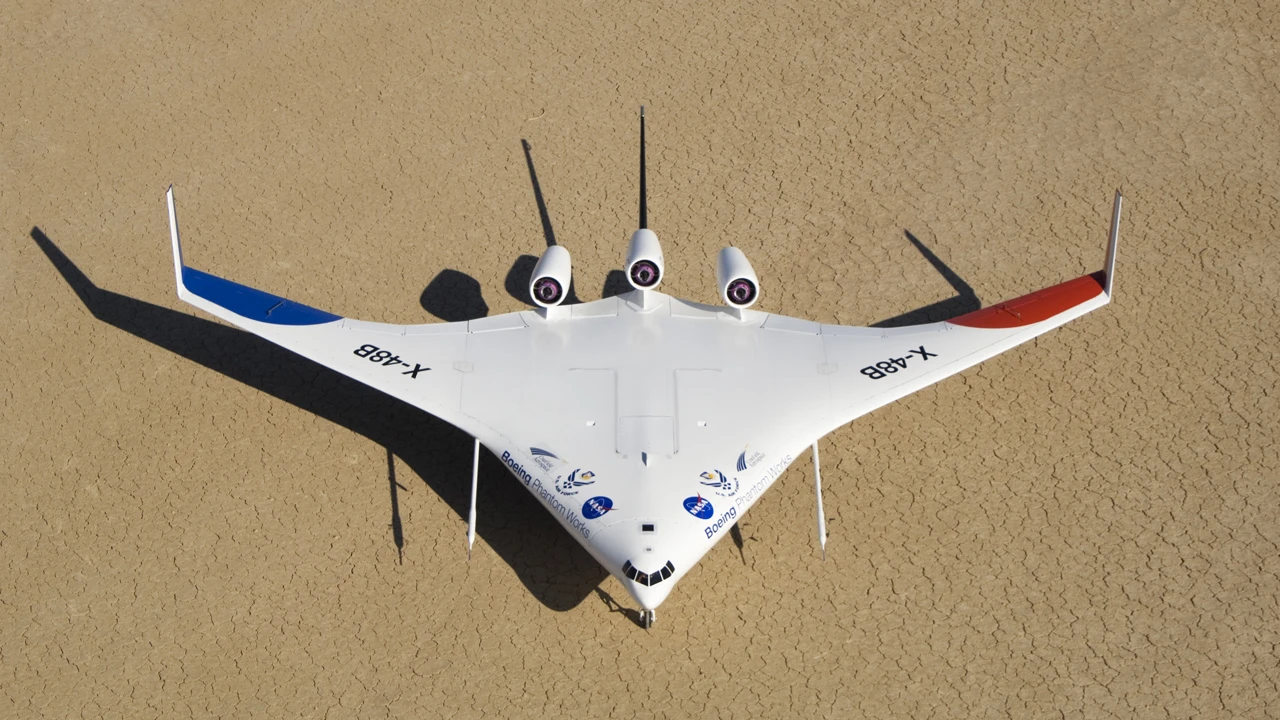
The Flying-V’s unique shape poses new opportunities for cabin design. According to one of the project’s team members, Peter Vink, professor of applied ergonomics and design at the Faculty of Industrial Design Engineering, the wider space inside the aircraft opens up new seat distribution patterns that will lead to better passenger comfort. The central space, for example, may become a large common area: “We’re looking into new options to having a rest or taking meals on a plane,” Vink says on the project’s web page. “Offering food from a buffet is one of the options we’re sinking our teeth into.”
The third and most important advantage of this design is not about passenger comfort or fuel savings–but climate change. Commercial airplanes now produce a whopping 2.5% of all global CO2 emissions, a number that is only going to increase unless we take radical steps to curb emissions. Creating airplanes that drastically reduce fuel consumption and CO2 emissions is not only an advisable path, but an absolutely crucial mandate. Until technology comes up with electric or hydrogen engines capable of transcontinental flight–a feat that may not happen until 2040–we need alternatives that can be deployed fast.
NASA/Boeing’s X-48 airplane and the Flying-V could both be our ticket to ride–if enough economic and political will exists to lift their wings skyward.
Recognize your brand’s excellence by applying to this year’s Brands That Matter Awards before the early-rate deadline, May 3.


